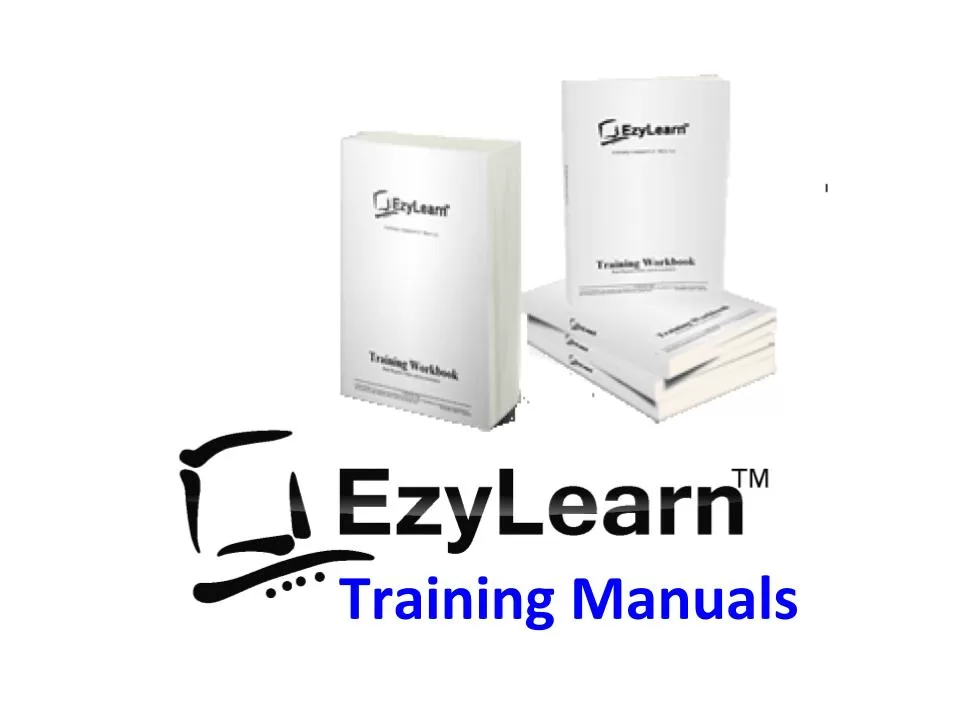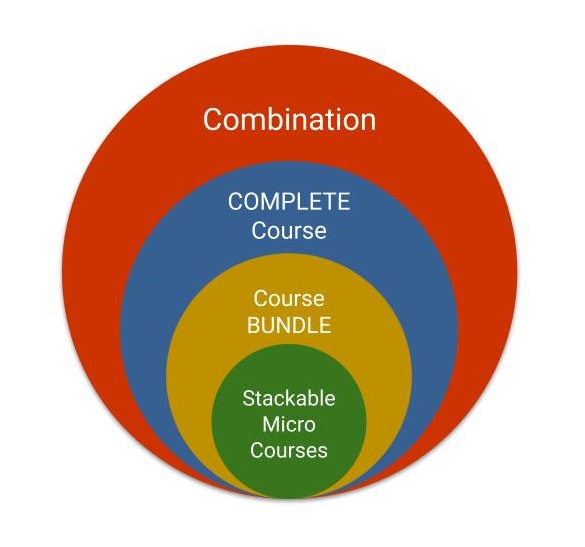Description
- Looking at Excel program options, automatic calculation,
- Error checking rules, customising the ribbon and quick access toolbar.
- The format of databases: delimiters, headers, records, fields, flat file vs relational data,
- Filtering and sorting data and different data formats like Comma Separated Values (CSV), TXT, Tab separated values
- How to open data in different programs.
- Naming Ranges and using Named Ranges in formulas.
- Data validation and drop down lists and mastering find and replace.

- Use the Power Query Editor
- Group and Filter data to make it easier to understand
- Summarise data by fields
- Append one data file onto another even when one has more columns that the other
- Combine information from two columns for a bakery sales report
- Produce a sales report by order date and remove duplicates
- Merge data from related sources
Case Studies Included in this Excel Course
 ADVANCED EXCEL CASE STUDY: You’ll get a client database list which contains errors and omissions. In that format you would waste lots of paper, have missing fields, send sales letters to people with no addresses and more.
ADVANCED EXCEL CASE STUDY: You’ll get a client database list which contains errors and omissions. In that format you would waste lots of paper, have missing fields, send sales letters to people with no addresses and more.
ADVANCED EXCEL CASE STUDY: You’ll learn how to open and work with data in a structured environment and know when to use the right software program for the right purpose of sending a newsletter or sales letter to your client database.
ADVANCED EXCEL CASE STUDY: Property Insurance, Property Type and Risk – merge two data sets of different sizes and use unique identifier to produce meaningful reports using the Power Query Editor











